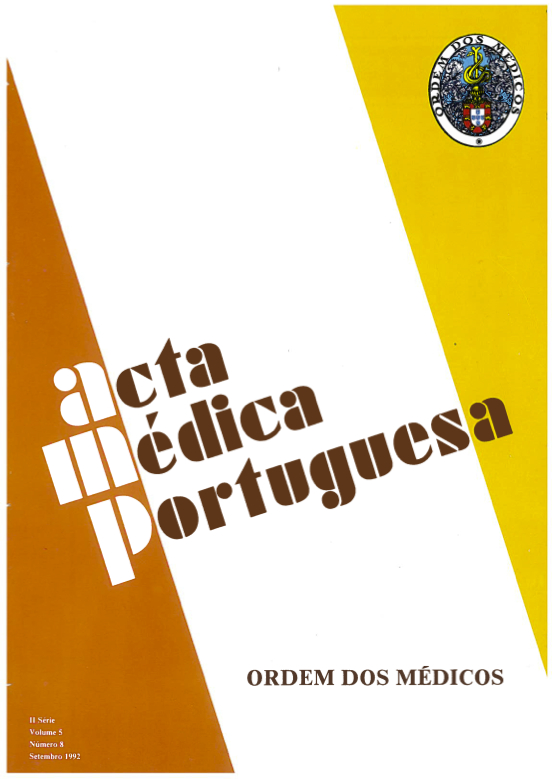Comas in the emergency room of a central hospital.
DOI:
https://doi.org/10.20344/amp.4147Abstract
The aim of the present prospective work was to study the etiologic diagnosis and prognosis of the comatose patients for whom a neurologic examination is requested. It included 148 consecutive cases admitted to the emergency room of a general hospital. Coma was caused by supratentorial lesions in 38%, subtentorial lesions in 10%, diffuse or metabolic brain dysfunction in 49%, and psychiatric disorder in 1% of the patients. CT scan was the most valuable ancillary exam, modifying the initial etiologic diagnosis in 42% of the cases on whom it was performed. Seventy percent of the patients died. Coma caused by structural lesions had a worse outcome than coma caused by diffuse or metabolic brain dysfunction (intoxications excluded), and this type of coma had a worse outcome than drug-induced coma. The presence of anisocoria, the number of brainstem reflexes present and the pattern of motor response, as well as the Glasgow Coma Scale score, predicted the outcome.Downloads
Downloads
How to Cite
Issue
Section
License
All the articles published in the AMP are open access and comply with the requirements of funding agencies or academic institutions. The AMP is governed by the terms of the Creative Commons ‘Attribution – Non-Commercial Use - (CC-BY-NC)’ license, regarding the use by third parties.
It is the author’s responsibility to obtain approval for the reproduction of figures, tables, etc. from other publications.
Upon acceptance of an article for publication, the authors will be asked to complete the ICMJE “Copyright Liability and Copyright Sharing Statement “(http://www.actamedicaportuguesa.com/info/AMP-NormasPublicacao.pdf) and the “Declaration of Potential Conflicts of Interest” (http:// www.icmje.org/conflicts-of-interest). An e-mail will be sent to the corresponding author to acknowledge receipt of the manuscript.
After publication, the authors are authorised to make their articles available in repositories of their institutions of origin, as long as they always mention where they were published and according to the Creative Commons license.









